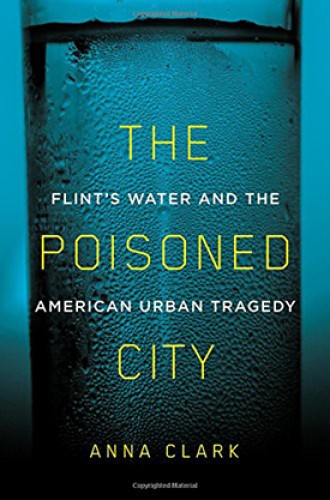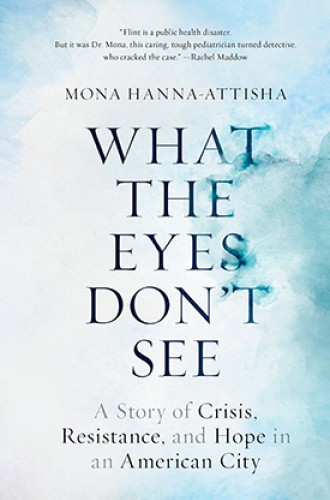What created the unnatural disaster in Flint
Mona Hanna-Attisha and Anna Clark explore the crisis from inside and out.
In early 2016, the world awoke to news that for two years residents of Flint had been drinking water tainted with lead and deadly bacteria. Complaints and cries for help were legion. An epidemic of Legionnaires’ disease erupted. While the people of Flint recruited journalists, water engineers, doctors, and lawyers to address the situation, they had to haul their own water each day. Their plumbing and pipes were ruined, and their homes were devalued. They got sick, lost hair, broke out in rashes, endured miscarriages, suffered memory loss, and were portrayed by those in power as confused, crazy, or foolish. Some of them died. Meanwhile, local, state, and federal leaders poured out denials, distortions, distractions, rebukes, and justifications that would eventually be exposed as lies.
What took so long? Independent journalist Anna Clark, in The Poisoned City, laments the cyclical pattern of public discussion:
Journalistically, it kept repeating itself. First came a disturbing news item about Flint’s water. Then came assurances from experts who said that it was fine and that treatment would improve. This in turn was followed by resident testimonials, demonstrations, and independent investigations that disputed the official claims. Then the cycle started all over again. It kept coming back to the fact that Flint residents were saying one thing about the water, and city and state authorities were saying another.







